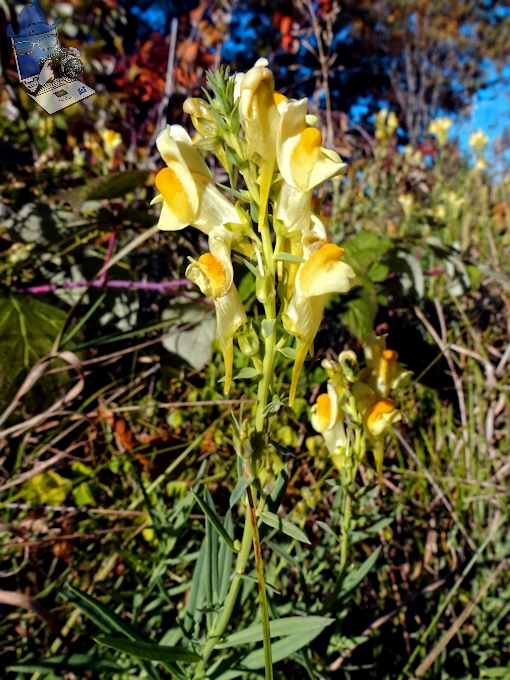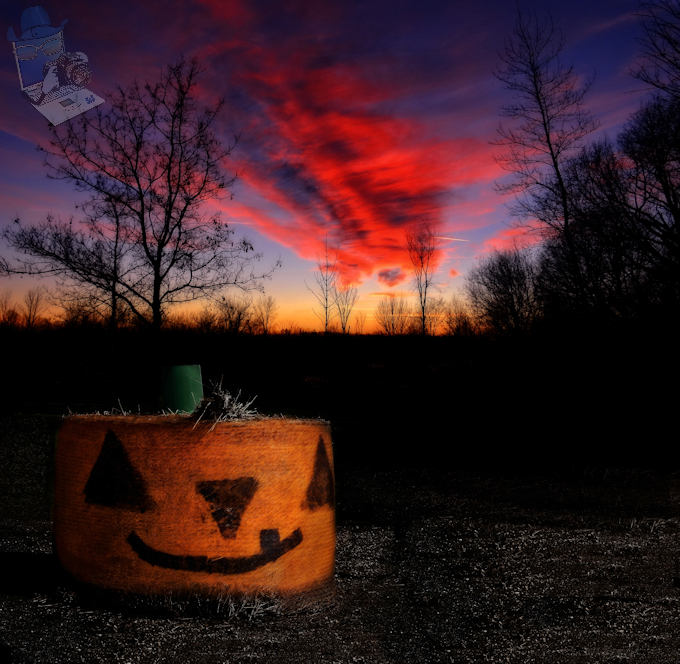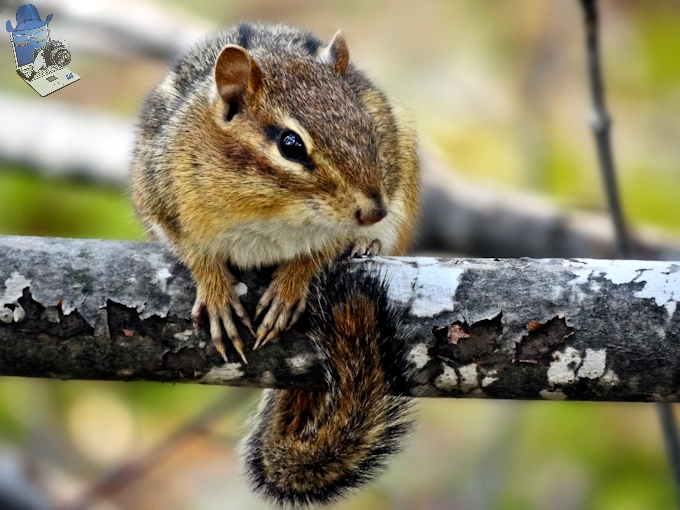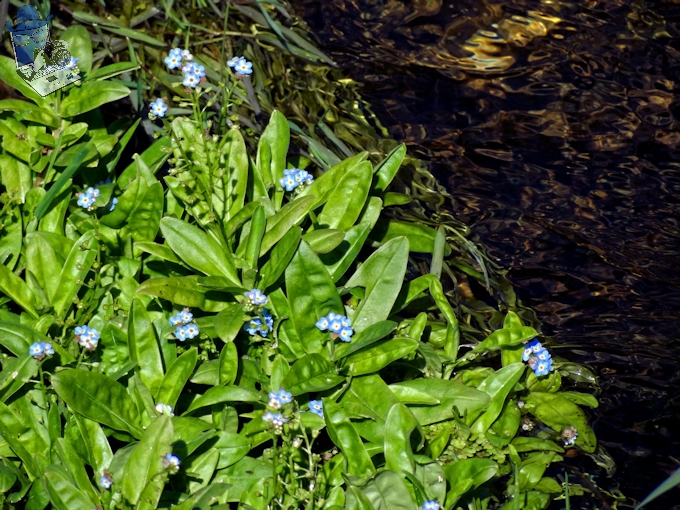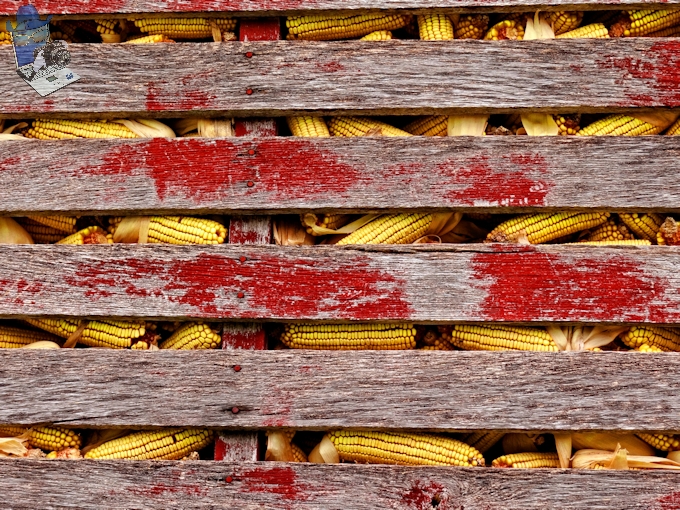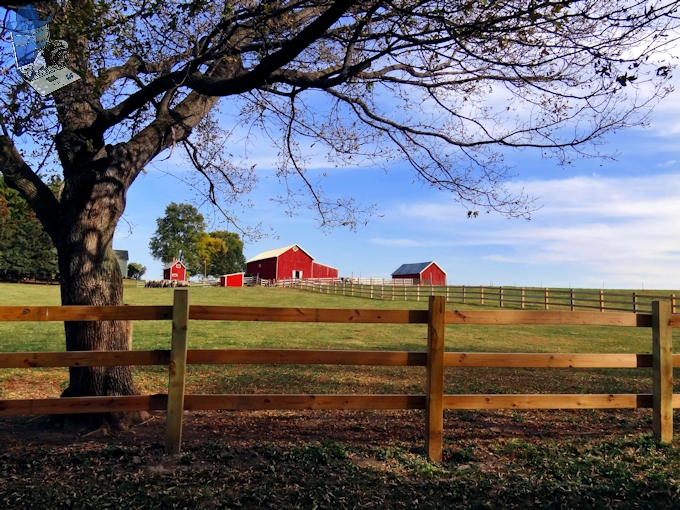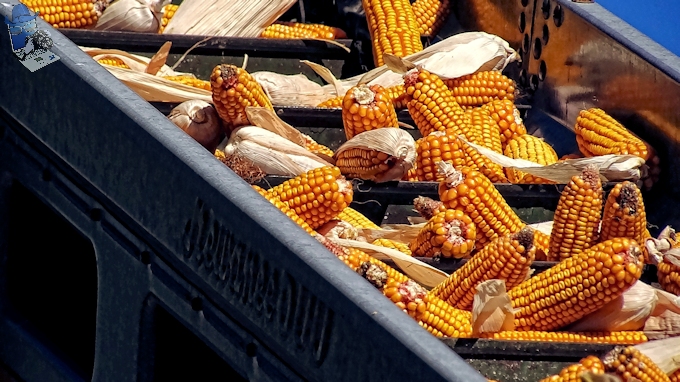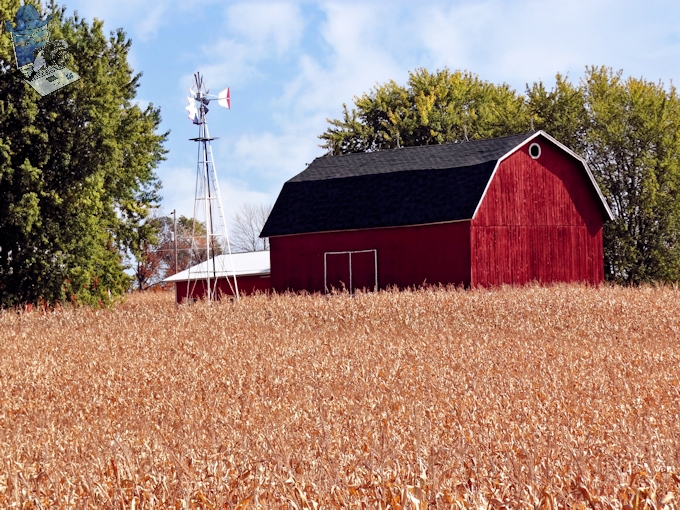It is getting harder to find bright colors as the fall continues its march to winter but occasionally some yellow dandelions or other yellow flowers might be spotted like these Butter-and-eggs also known as Common Toadflax or Yellow Toadflax. While native to Europe and other parts of the world, the Butter-and-eggs were not native to North America but have been introduced and now very common along roads ditches and disturbed lands and is considered as a weed, although sometimes cultivated for cut flowers and used in folk medicine for a variety of ailments.
Because this plant grows as a weed, it has acquired a large number of local names, including brideweed, bridewort, butter and eggs, butter haycocks, bread and butter, bunny haycocks, bunny mouths, calf’s snout, Continental weed, dead men’s bones, devil’s flax, devil’s flower, doggies, dragon bushes, eggs and bacon, false flax, flaxweed, fluellen, gallweed, gallwort, impudent lawyer, Jacob’s ladder, lion’s mouth, monkey flower, North American ramsted, rabbit flower, rancid, ransted, wild flax, wild snapdragon, wild tobacco, and yellow rod.
Like snapdragons (Antirrhinum), they are often grown in children’s gardens for the “snapping” flowers which resembles the face of a dragon that opens and closes its mouth when laterally squeezed thus the flower ‘snaps’ or ‘talks’.
Butter and Eggs
